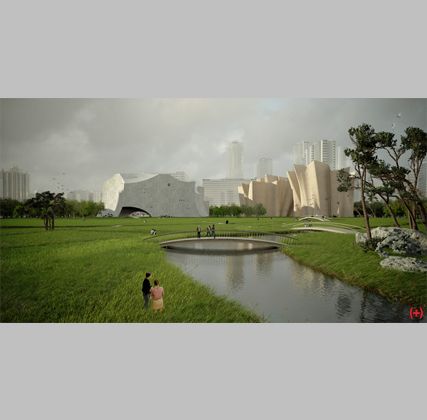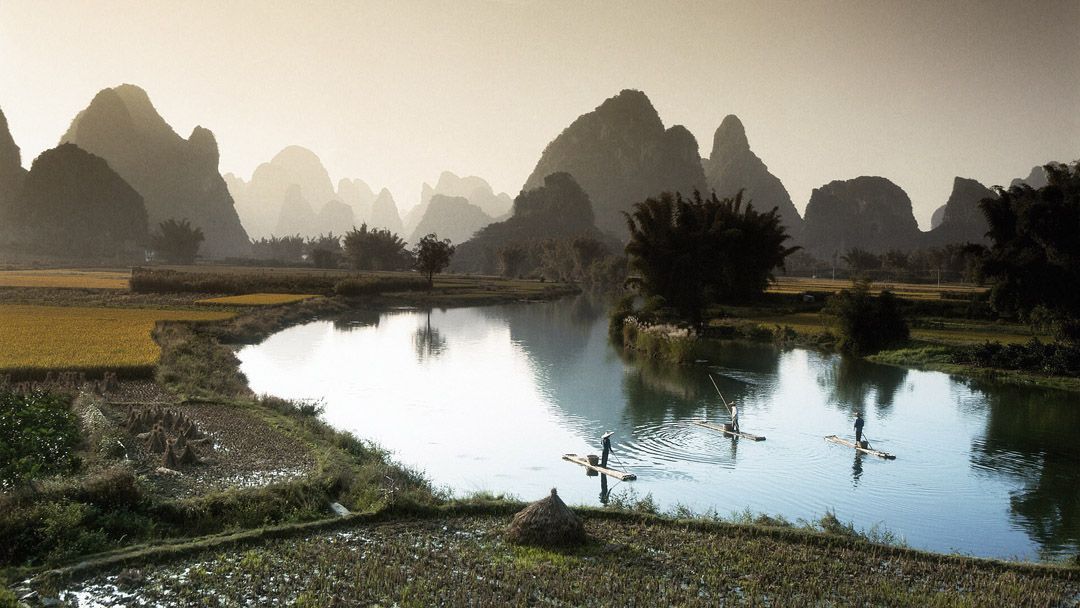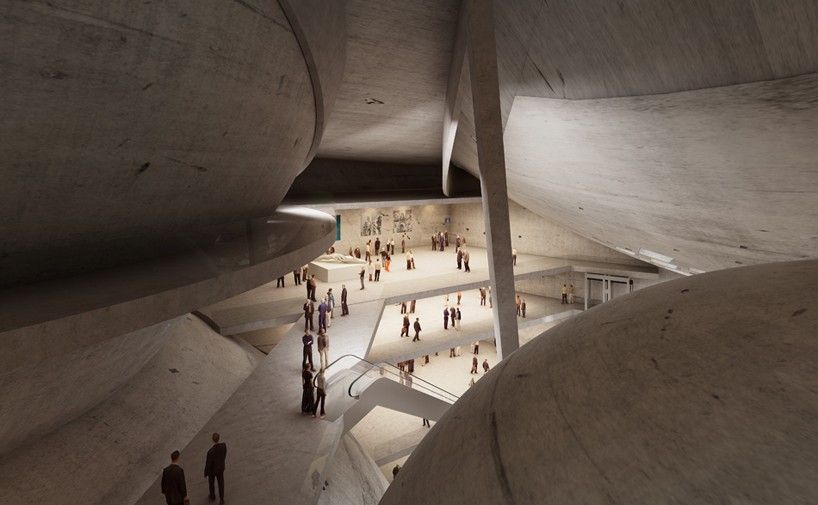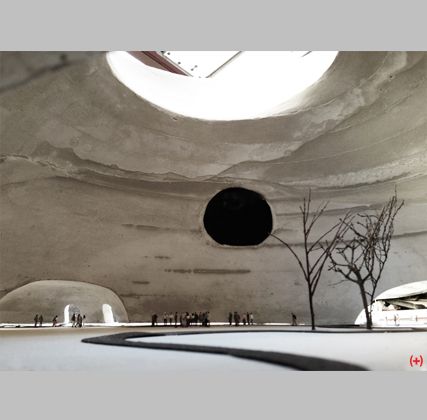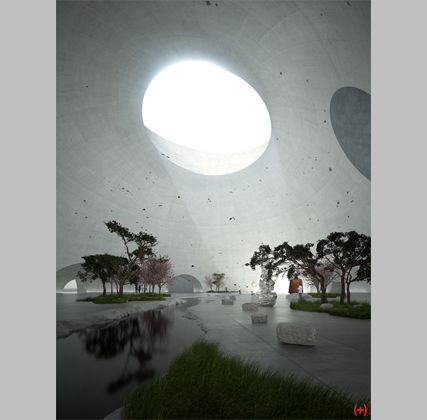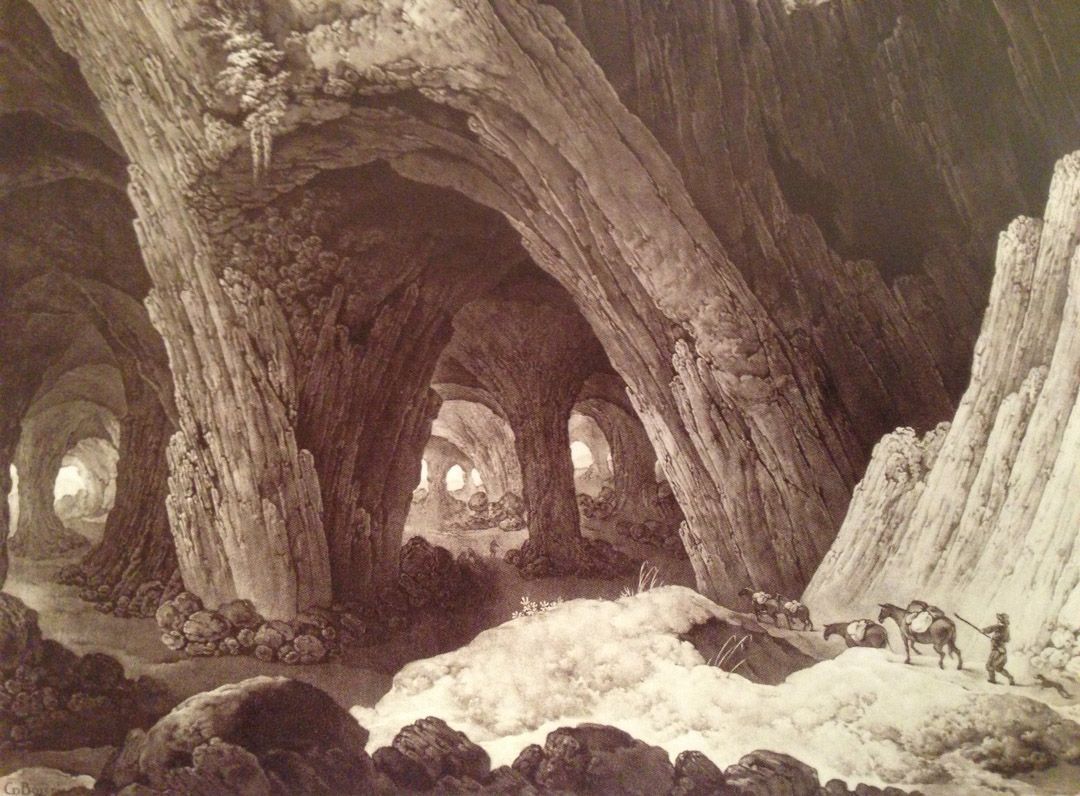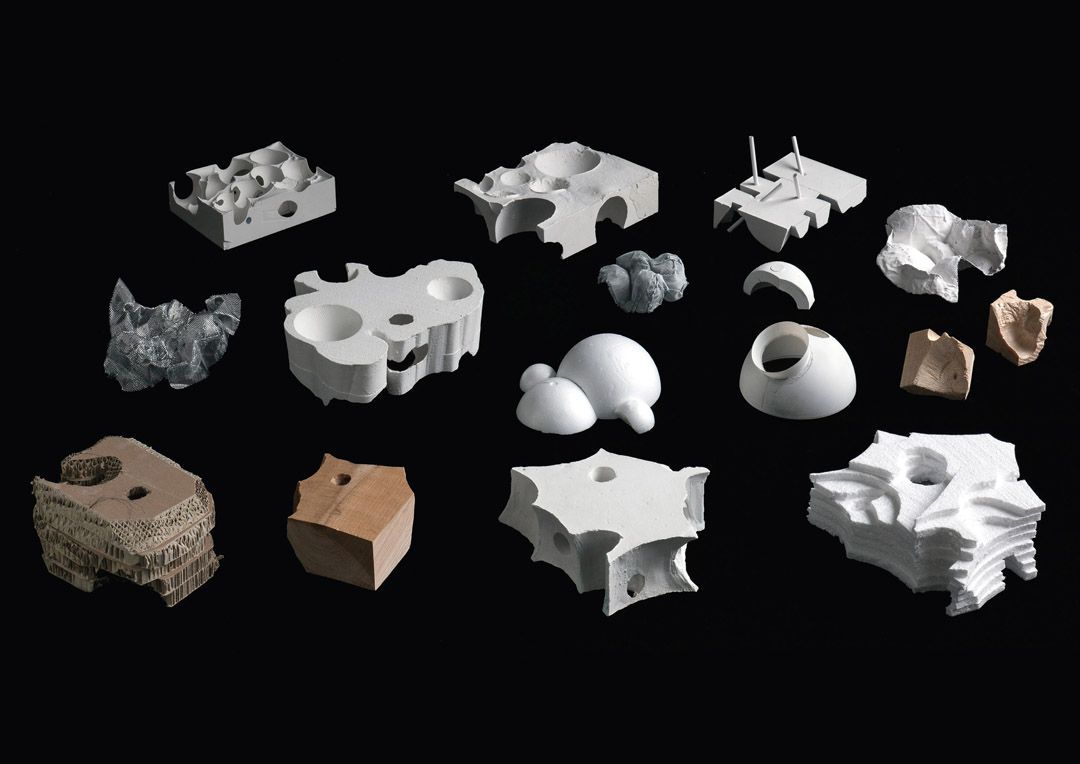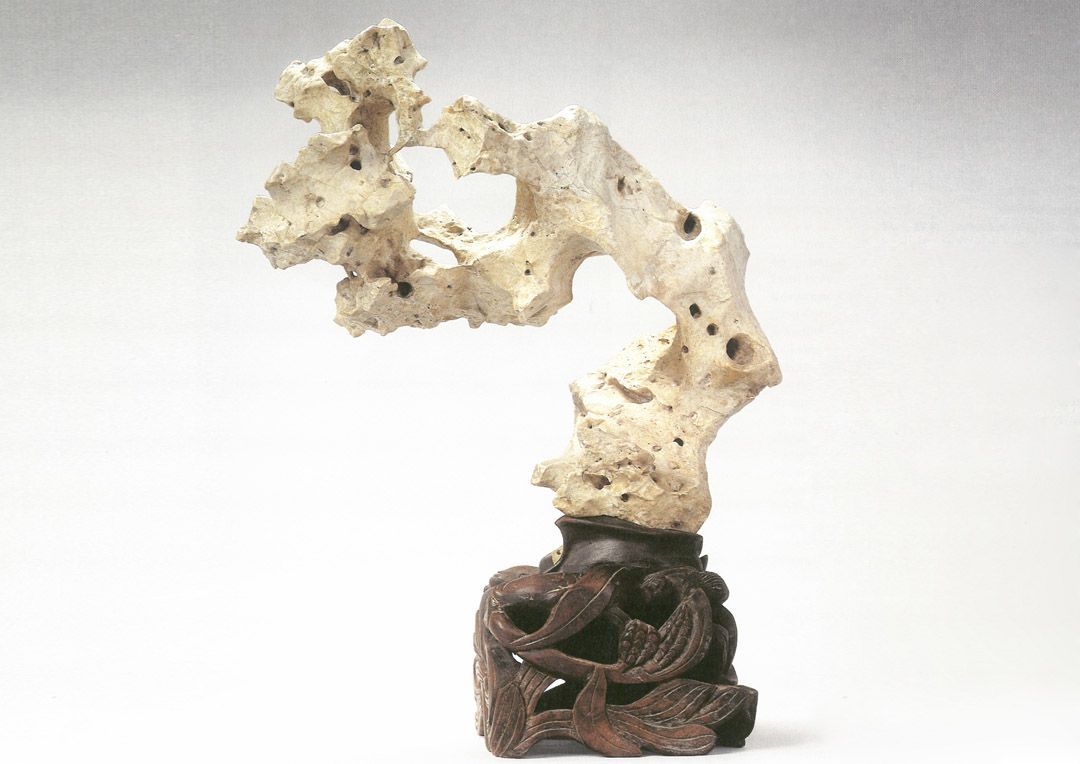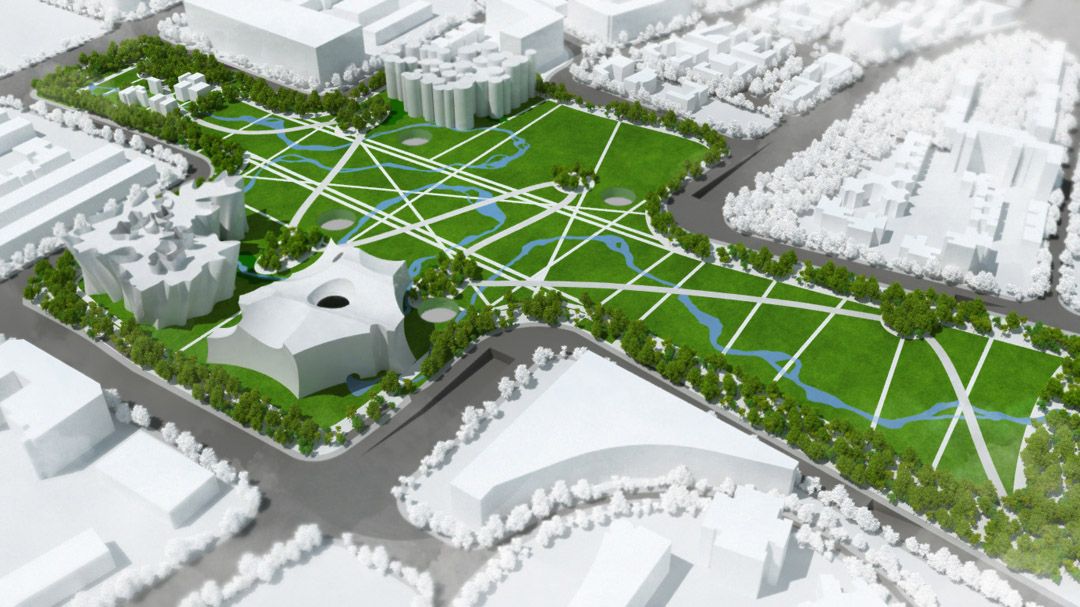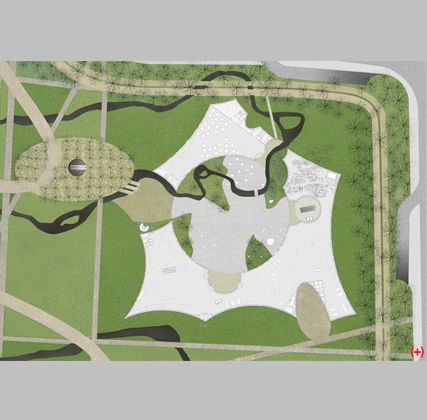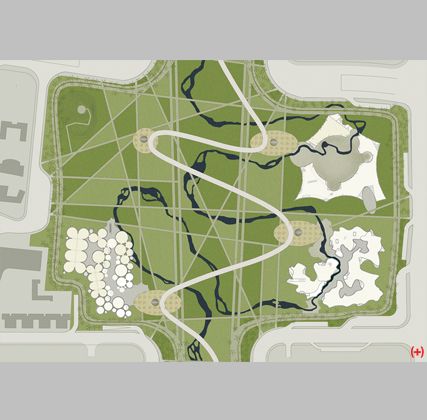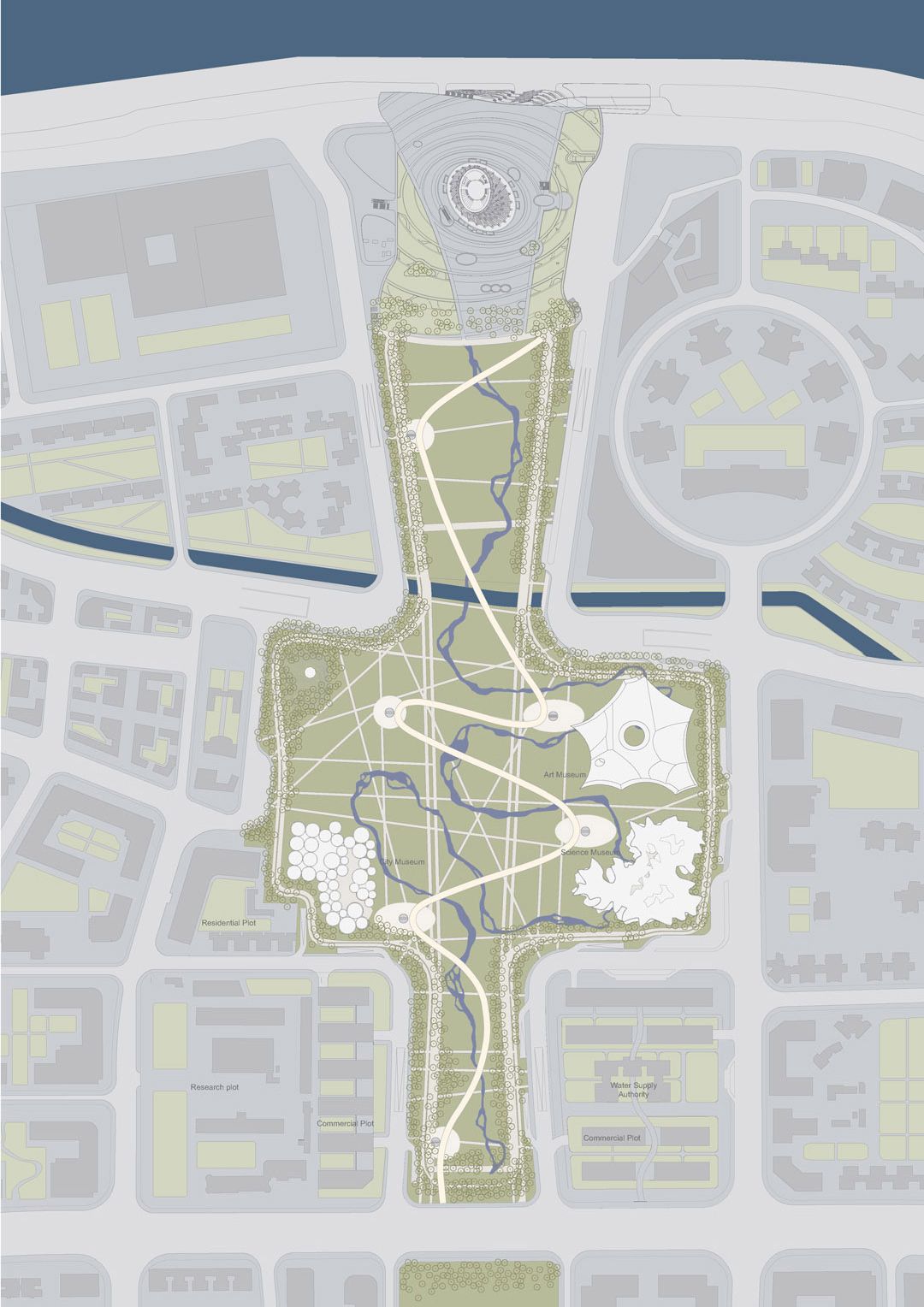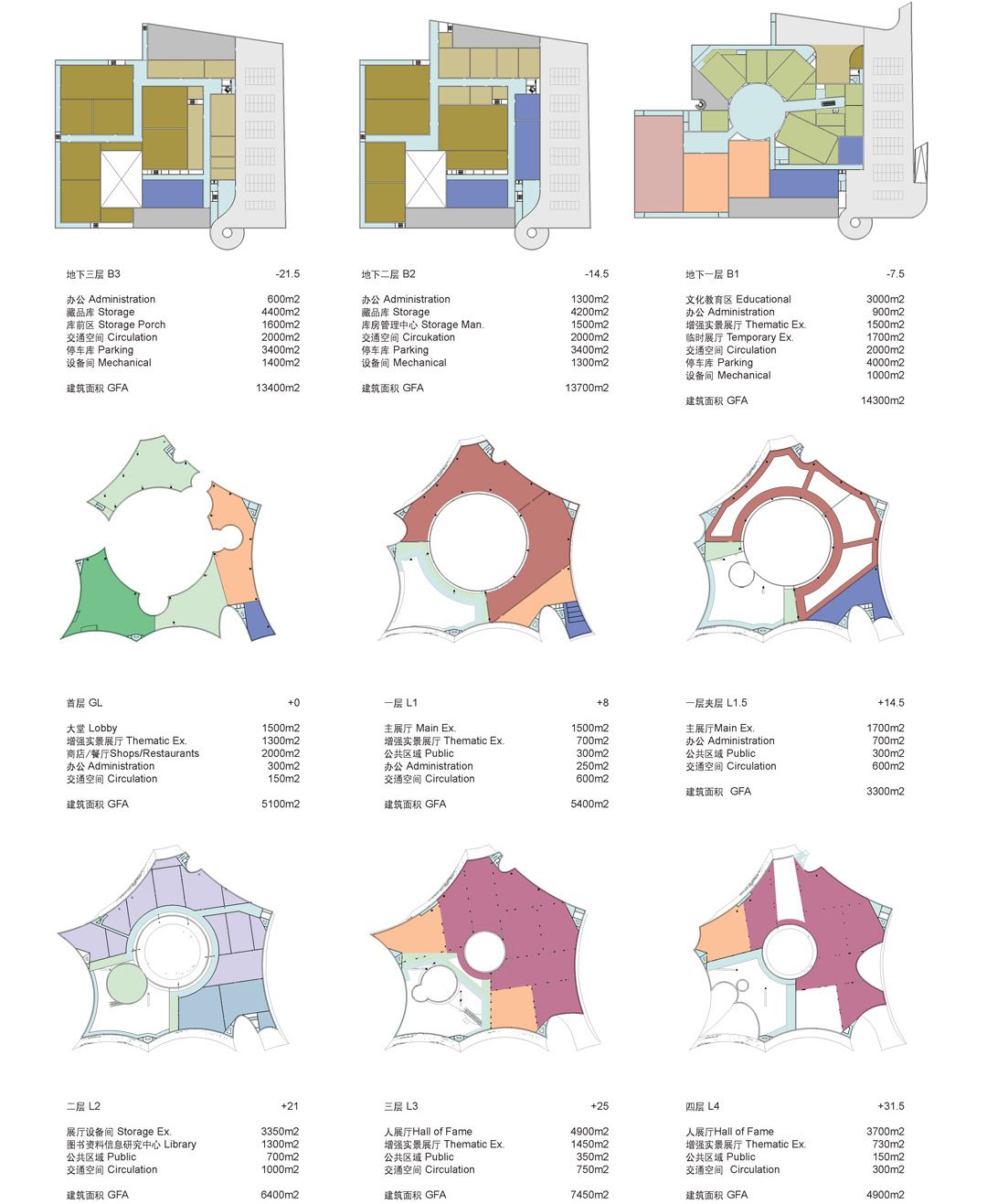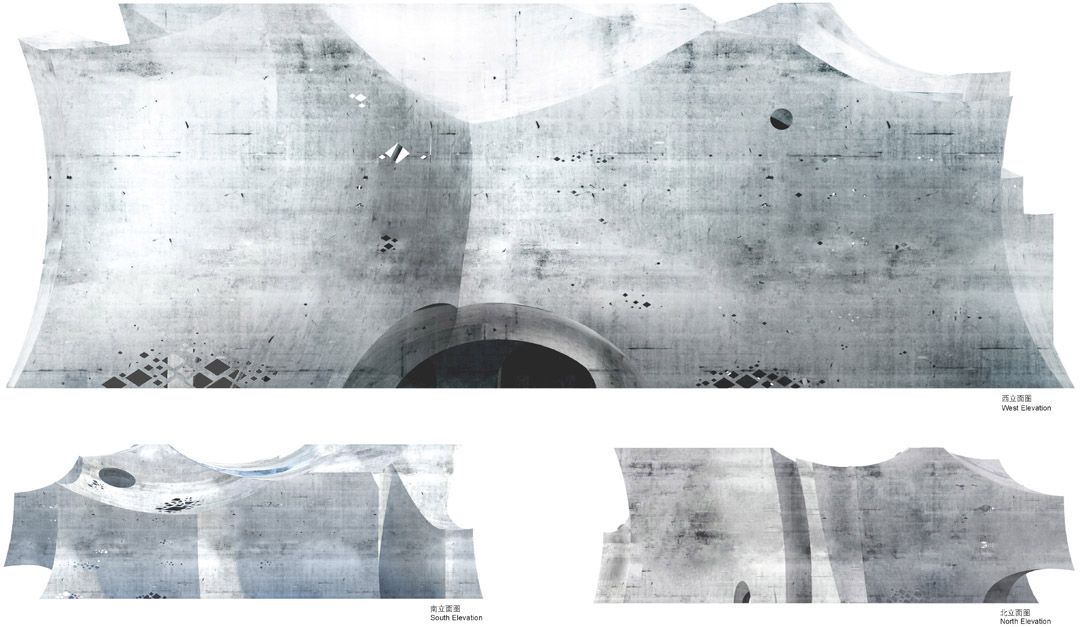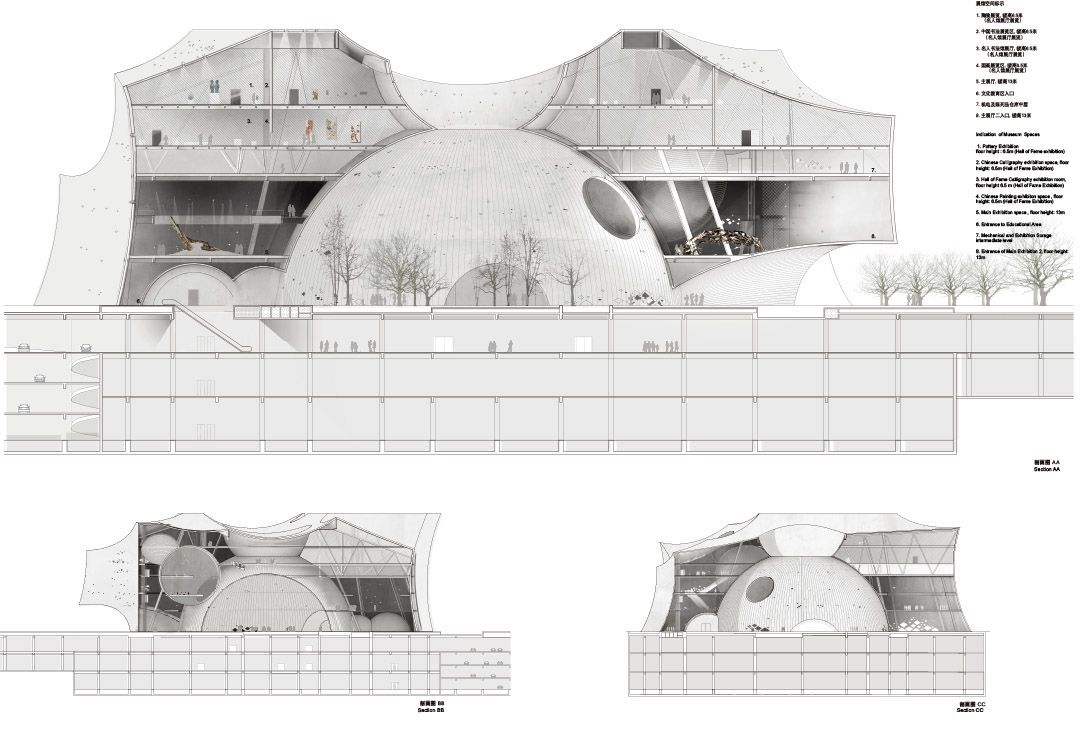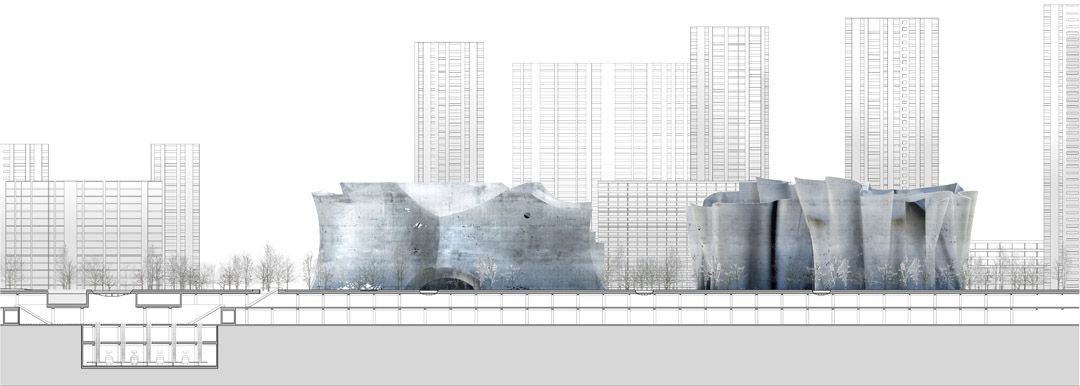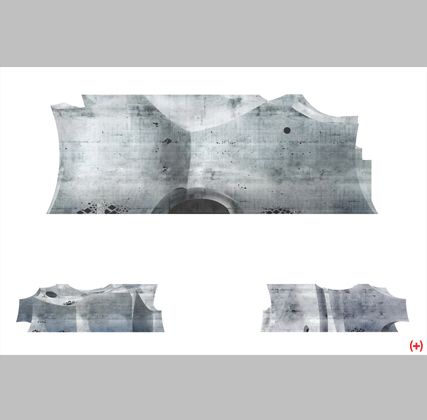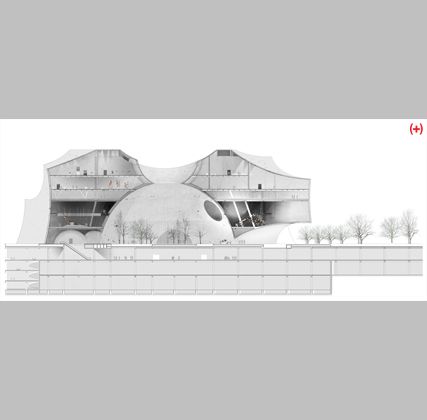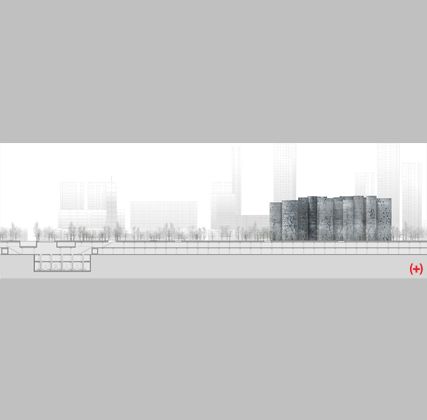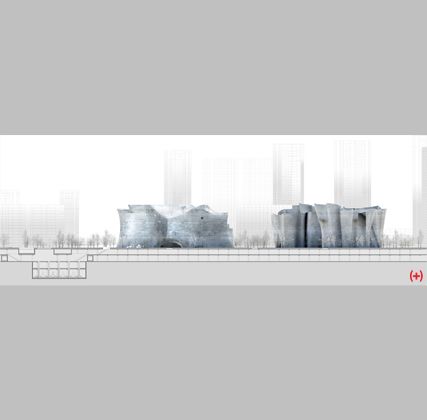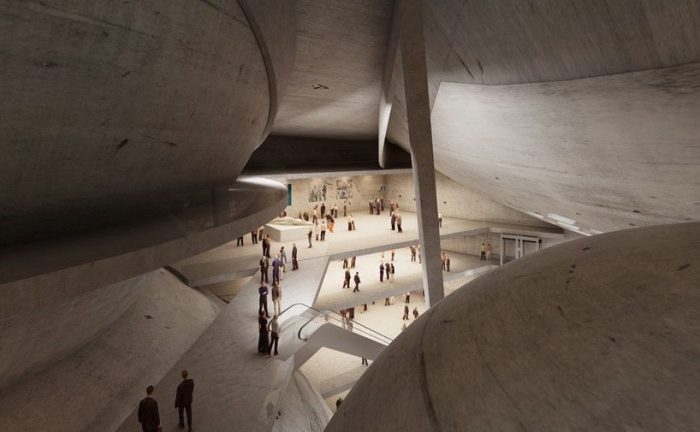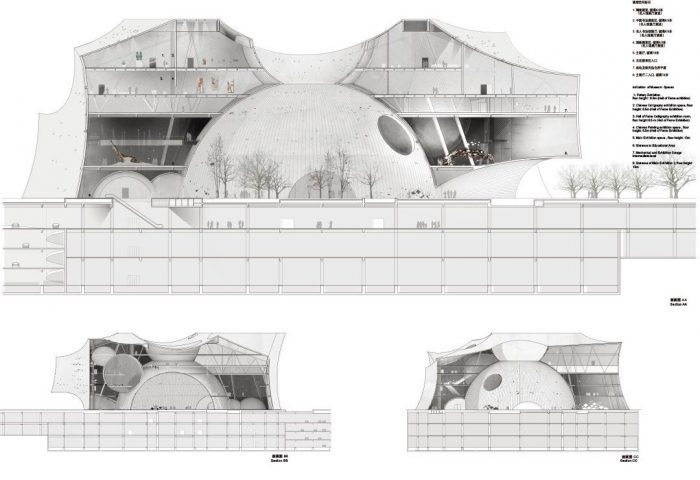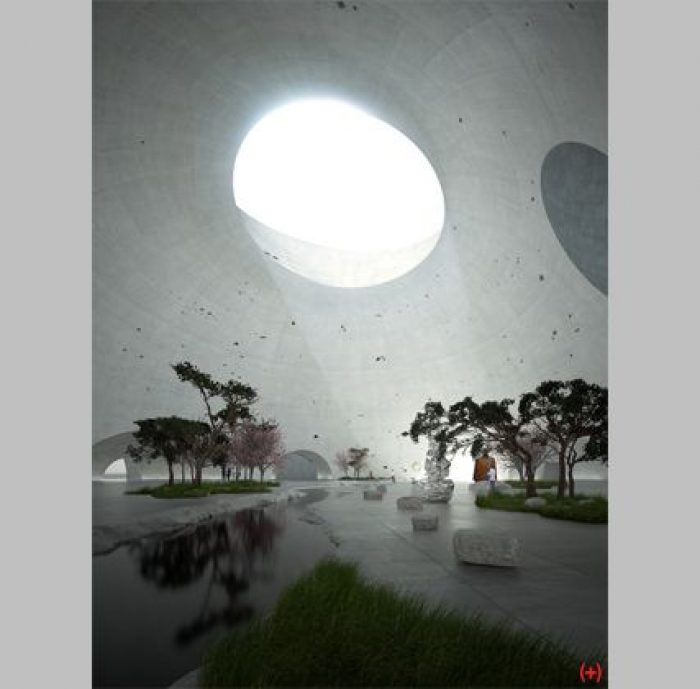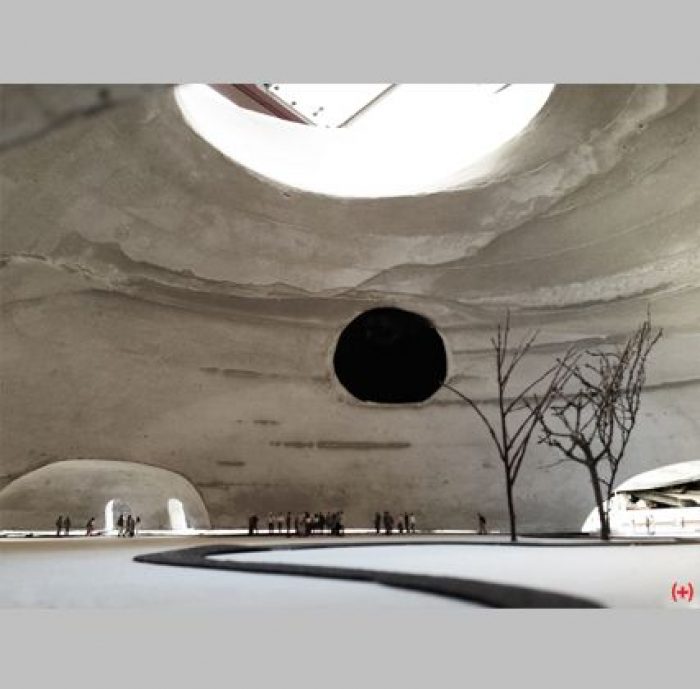The Swiss-based architect Christian Kerez has presented the plans for yet another new cultural district to be developed in the City of GuangZhou, China. The project is positioned at the region’s southern end’s urban axis, and fuses the natural elements and typologies together. This forms a public retreat, protected and separated away from the undesirable, polluted hectic and chaotic environment of the urban center.
This project stretches along the banks of the ZhuJiang River with a gigantic fifty-five hectare. It includes the city’s museum, art gallery and science museums. These three programs are planned around the “Lingnan square” which is an undulating park that features meandering rivers and small areas of woodland.
This development also includes a 600 meter tall canton tower that is designed to be a tourist destination that is aimed at attracting growing numbers of international visitors. “This is an obsession,” that as Kerez explained, “to come up with a huge public space where tourist coming to GuangZhou could find a place to stay, a place to be”.
The structural design is made of shells, so the façade in itself is a supporting system with a hanging roof – reinforcing the idea that the museums do not belong to the city but rather to the landscape.In order to enhance fluidity, the main roads that passes the site has been positioned underground to not interrupt the landscape for pedestrians. This terrain then continues within the three museums, each appear as organic sculptural shapes that is rising, metaphorically hinting at the mountains above the plane, which is a common way in Chinese painting.
The distinctive look of the art museum references to the TaiHu stone that can be found in limestone caverns. In the center of the plan is a large domed emptiness that helps establish a more intimate landscape, while the circular aperture in the ceiling floods the volume with natural light. Internally, the circulation routes spans within the vast space to encourage exploration. The design seeks to present a dynamic and vibrant version of GuangZhou, thus helping the city to establish the reputation as a cosmopolitan destination.
The project is positioned at the region’s southern end’s urban axis, and fuses the natural elements and typologies together. This forms a public retreat, protected and separated away from the undesirable, polluted hectic and chaotic environment of the urban center.This project stretches along the banks of the ZhuJiang River with a gigantic fifty-five hectare.
It includes the city’s museum, art gallery and science museums. These three programs are planned around the “Lingnan square” which is an undulating park that features meandering rivers and small areas of woodland. This development also includes a 600 meter tall canton tower that is designed to be a tourist destination that is aimed at attracting growing numbers of international visitors. “This is an obsession,” that as Kerez explained, “to come up with a huge public space where tourist coming to GuangZhou could find a place to stay, a place to be.” The structural design is made of shells, so the façade in itself is a supporting system with a hanging roof – reinforcing the idea that the museums do not belong to the city but rather to the landscape.
In order to enhance fluidity, the main roads that passes the site has been positioned underground to not interrupt the landscape for pedestrians. This terrain then continues within the three museums, each appear as organic sculptural shapes that is rising, metaphorically hinting at the mountains above the plane, which is a common way in Chinese painting.
The distinctive look of the art museum references to the TaiHu stone that can be found in limestone caverns. In the center of the plan is a large domed emptiness that helps establish a more intimate landscape, while the circular aperture in the ceiling floods the volume with natural light. Internally, the circulation routes spans within the vast space to encourage exploration. The design seeks to present a dynamic and vibrant version of GuangZhou, thus helping the city to establish the reputation as a cosmopolitan destination.
